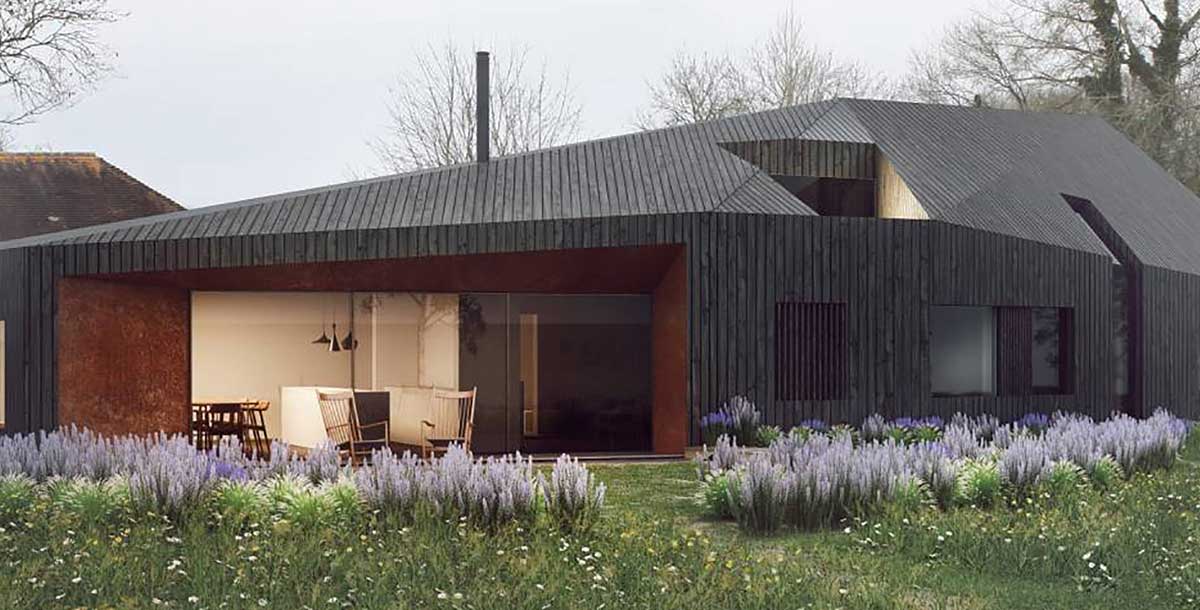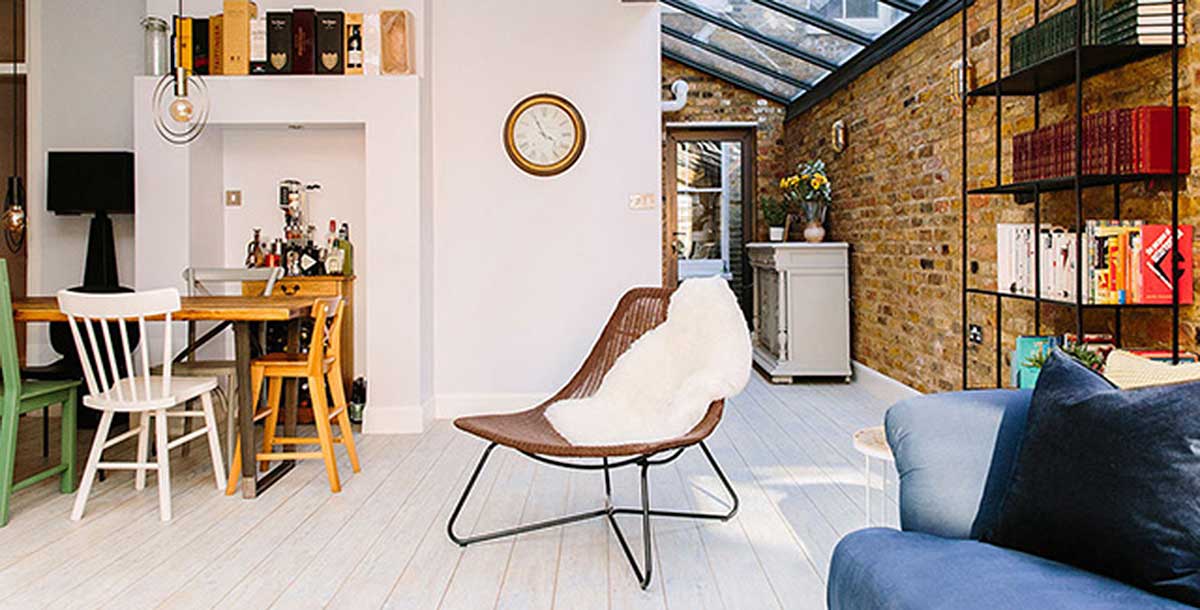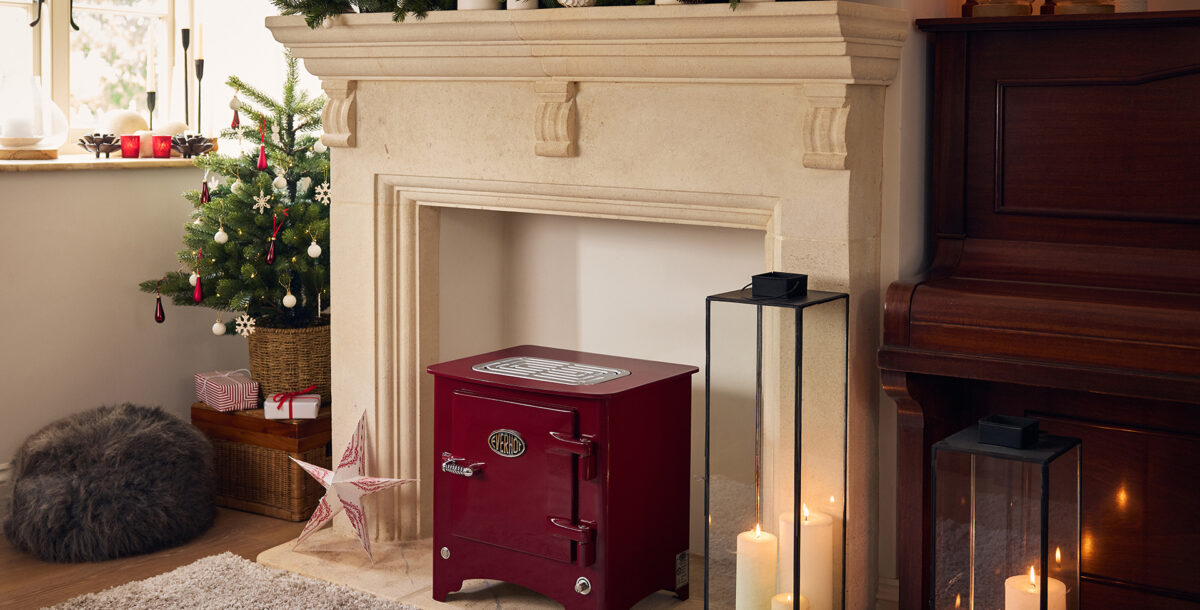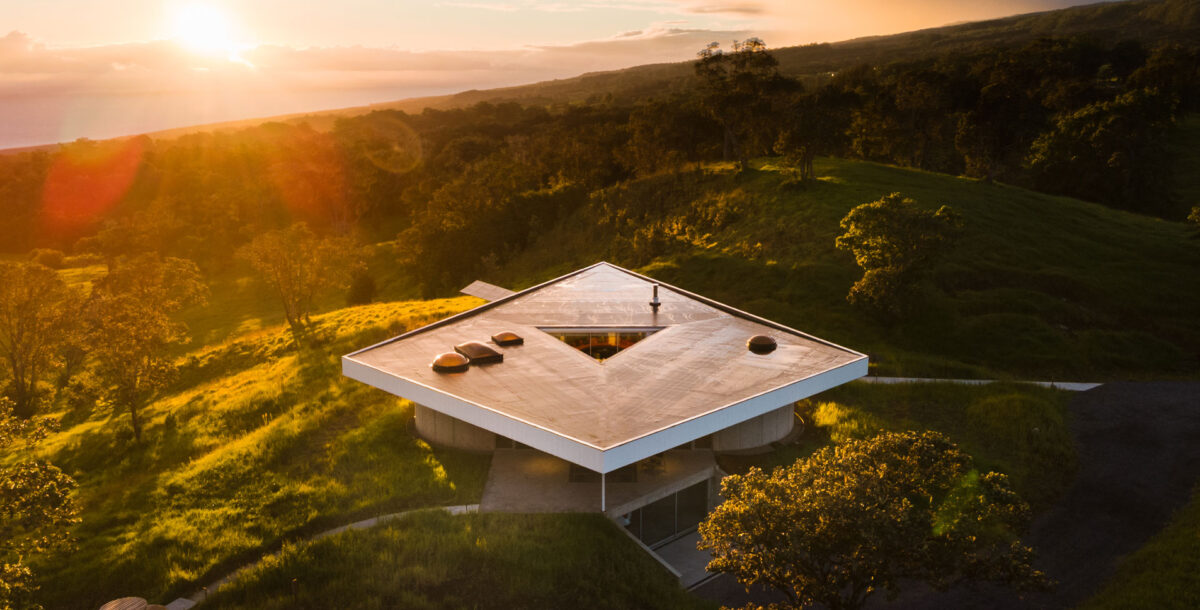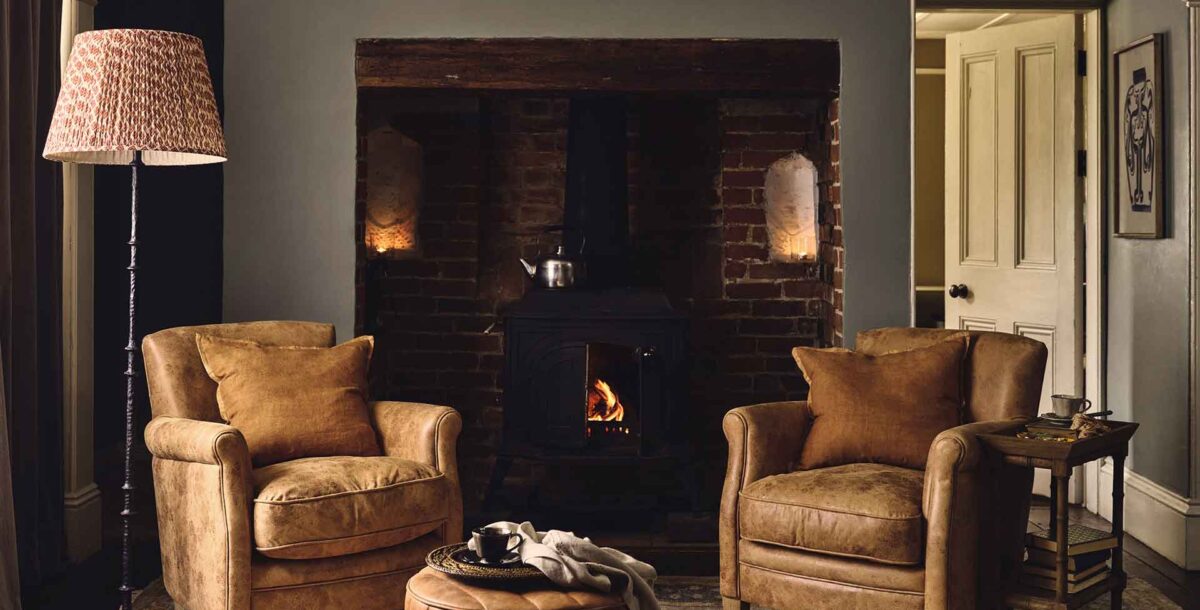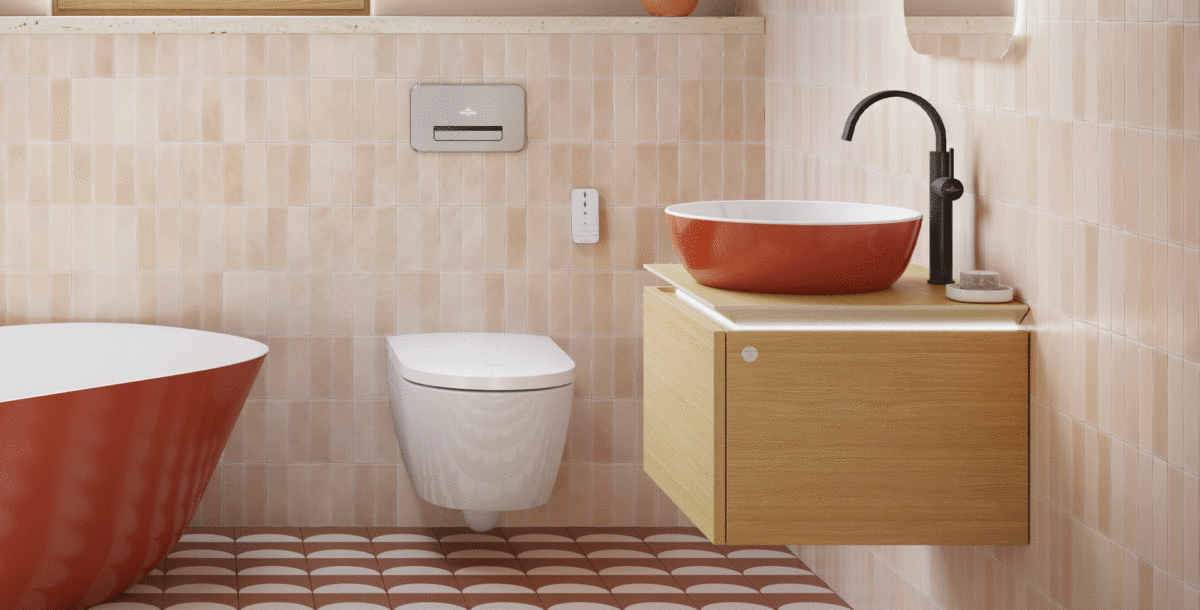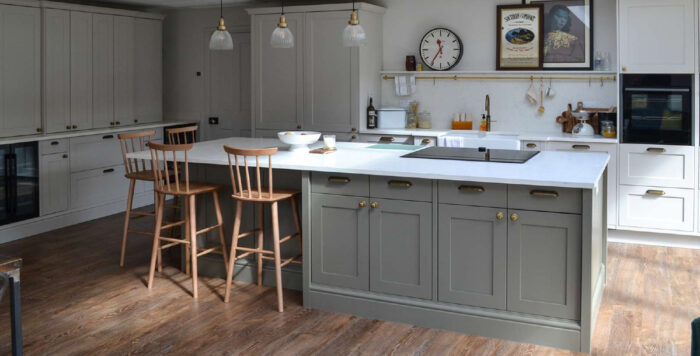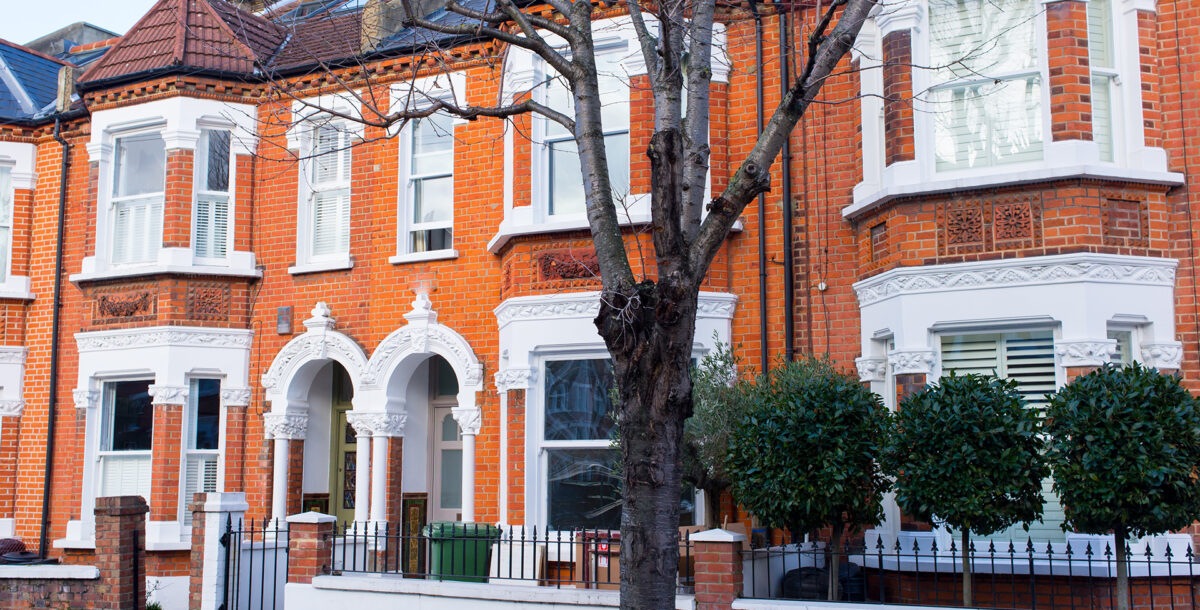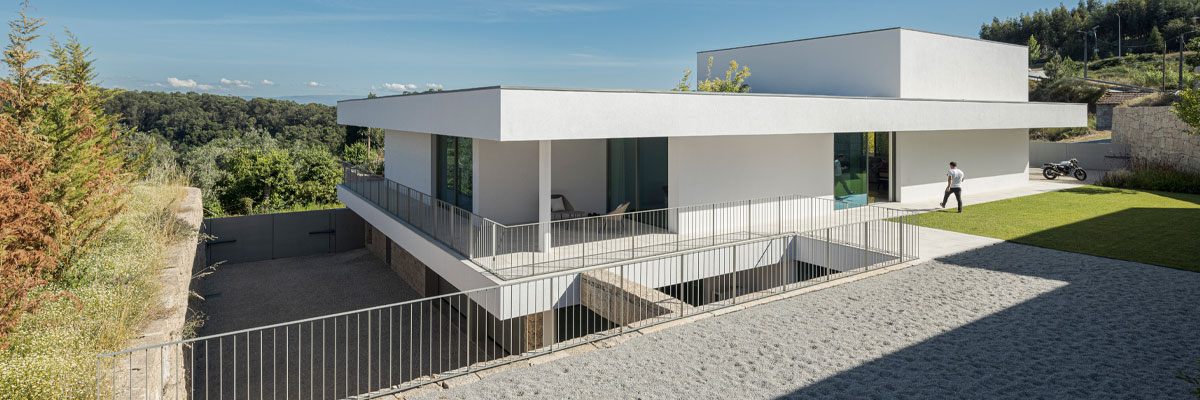6 things architects want you to know about your self-build or renovation
Top UK architects spill on what they wish their clients knew before starting on a self-build or renovation project
Ensure your self-build or renovation is a stress-free success with this advice from leading architects.
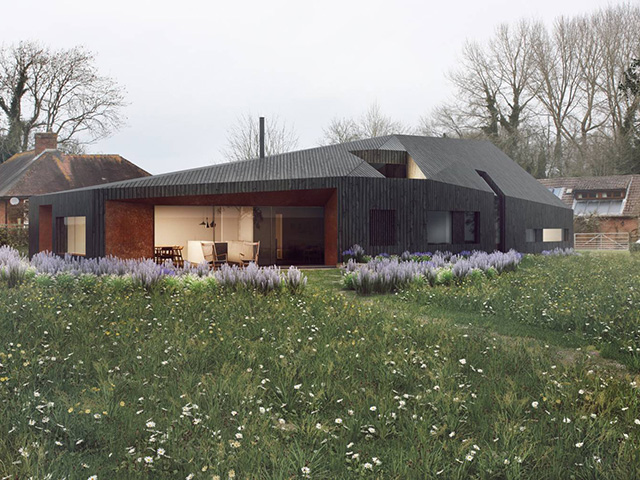
Image: Designed by PAD Studio, this £600,000 home is orientated to capture light and views, with provision for using renewable energy sources.
1. Don’t rush in
Committing to a new project is exciting and most people can’t wait to get started, but Oliver Margison, founder and designer at Starbuck & James cautions against rushing any decisions. ‘If you’re renovating, live in the property for at least a year before you decide what to do,’ he says. ‘In this time you’ll discover the peculiarities of a house, such as a sunny spot that’s perfect for sitting in with a morning coffee, a framed view that only becomes apparent when the trees lose their leaves, and so on.’
Share these observations with your architect, as it will help them gain an understanding of the potential for improvement. The same applies to building a home from scratch, so consider your requirements carefully before committing to a design.
2. Seek similarity
‘You must be able to trust your architect and have confidence in their judgement, advice and ability to deliver a great end product,’ says Nick Silcock at Townscape Architects. Ask plenty of questions but don’t close yourself off to new ideas.
Take a good look at an architect’s portfolio before you call them. ‘It will be more straightforward and less expensive if you choose a firm that is already doing the type of work you want,’ says Melanie Clear at Clear Architects. Keep searching until you find an architect that speaks to you personally.
3. Provide a detailed brief
Your brief will be unique and an architect will spend time working with you to develop it. ‘It could comprise of ideas noted down, sketches or pages from magazines,’ says Nick Silcock. He suggests it should include your likes and dislikes, what your preferred style is, the essentials and what’s ‘nice to have’, budget and timescale. Exploring design ideas is always welcome, and presenting a defined stylistic theme will provide a well-defined direction for your architect to follow.

